Dating has evolved dramatically over the decades, and many habits that were considered normal or even romantic during the boomer generation would seem completely foreign—or downright unacceptable—to Gen Z. From the way couples met to the roles they played in relationships, boomer dating customs reflect a vastly different social landscape. Let’s explore 15 boomer dating habits that simply wouldn’t fly with Gen Z.
1. Meeting Through Classified Ads

Before dating apps, singles often turned to the newspaper’s classified ads to find a match. These personal ads included short descriptions like “seeks partner for companionship” and a contact number or P.O. box. It was a precursor to online dating but required a leap of faith, as there were no photos or detailed profiles to vet potential matches.
For Gen Z, who are accustomed to swiping through curated profiles complete with photos, interests, and even Spotify playlists, the idea of picking a date from a vague ad would seem sketchy at best. The lack of transparency and the mystery of who might show up would be a dealbreaker in the era of instant information and background checks.
2. Relying on Landline Calls
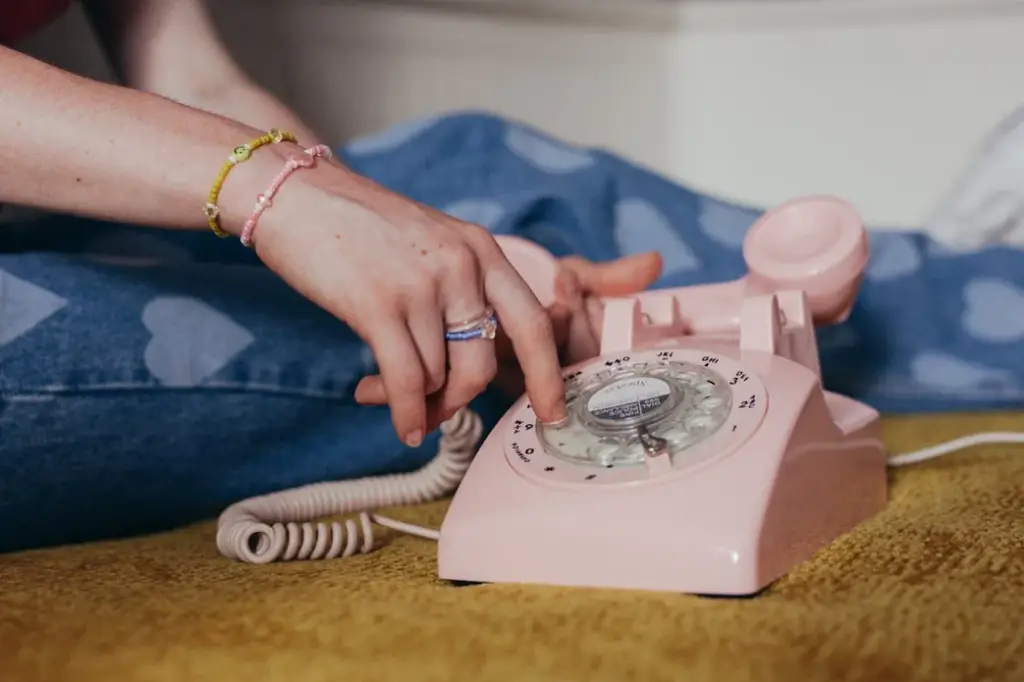
Boomer dating often began with nervously dialing a crush’s landline number, hoping their parents wouldn’t answer. There was no texting or DMing to break the ice—you had to be brave enough to start a conversation right away or risk an awkward silence.
For Gen Z, who are glued to their smartphones and rely on messaging apps for casual communication, the idea of calling someone outright—let alone dealing with their family on the phone—sounds like a nightmare. The convenience and privacy of modern communication methods have made the boomer landline ritual seem like an unnecessary ordeal.
3. Going Steady with Class Rings or Pins
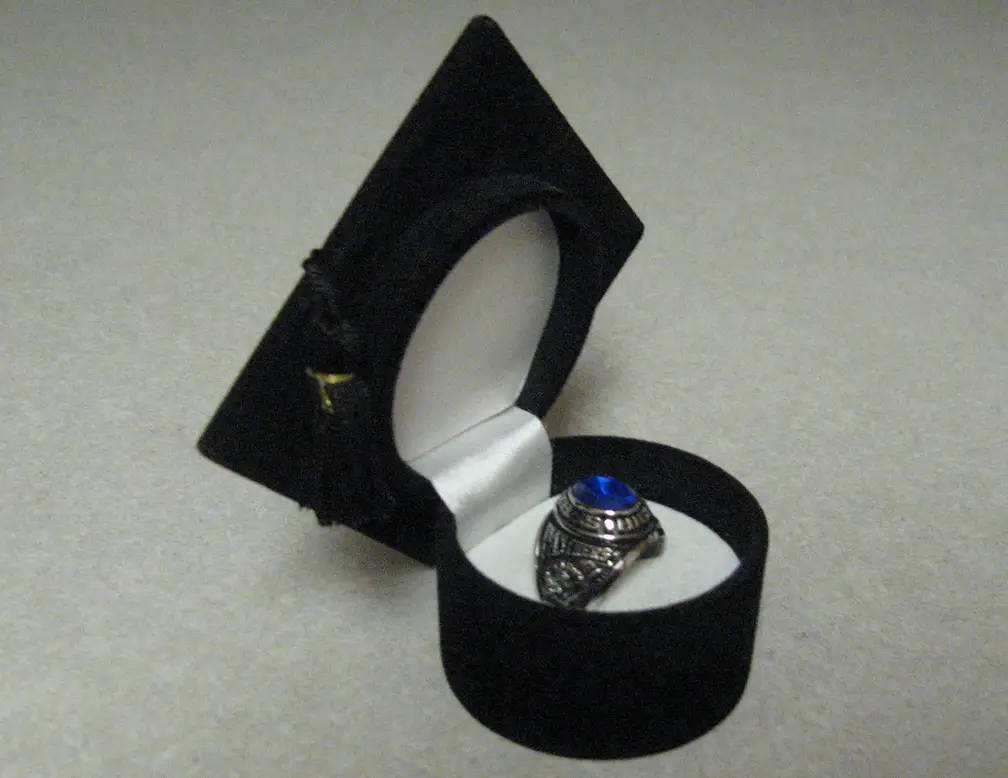
In the boomer era, “going steady” often involved exchanging tokens like class rings, letterman jackets, or fraternity pins as a sign of commitment. These items were worn proudly, symbolizing exclusivity in the relationship and letting everyone know you were off the market.
Gen Z prefers less overt markers of exclusivity, often avoiding labels altogether or expressing commitment through shared experiences rather than physical tokens. The idea of parading someone else’s class ring might feel too traditional or even territorial to a generation that values individuality and independence.
4. Unannounced Drop-Ins

Boomer dating often involved spontaneous visits to a crush’s home or workplace, usually without warning. It was considered romantic to “drop by” and surprise someone, whether it was to bring flowers or just to say hello.
For Gen Z, this habit would be seen as intrusive or even creepy. With modern boundaries and the emphasis on respecting personal space, unannounced visits would likely come across as disrespectful or overly aggressive. A quick text or call is the bare minimum for today’s daters.
5. Strict Gender Roles

Boomer relationships often adhered to rigid gender roles, with men expected to initiate dates, pay for meals, and make big decisions, while women were expected to focus on looking attractive and being agreeable. These roles were reinforced by media and societal norms, leaving little room for deviation.
Gen Z rejects these outdated roles, valuing equality and flexibility in their relationships. Many expect dates to split the bill, share responsibilities, and treat each other as equals, making the old-school “men lead, women follow” approach seem outdated and limiting.
6. Dating Based on Proximity

For boomers, dating often meant finding someone within your immediate social circle, neighborhood, or workplace. There was no global reach or infinite pool of potential partners—you usually dated people you already knew or could easily meet through friends or family.
Gen Z, with the help of dating apps, has access to an expansive network of potential matches. The idea of limiting one’s options to a small geographic area or social group feels restrictive to a generation accustomed to swiping through endless profiles from all over the world.
7. Double Dates as the Norm
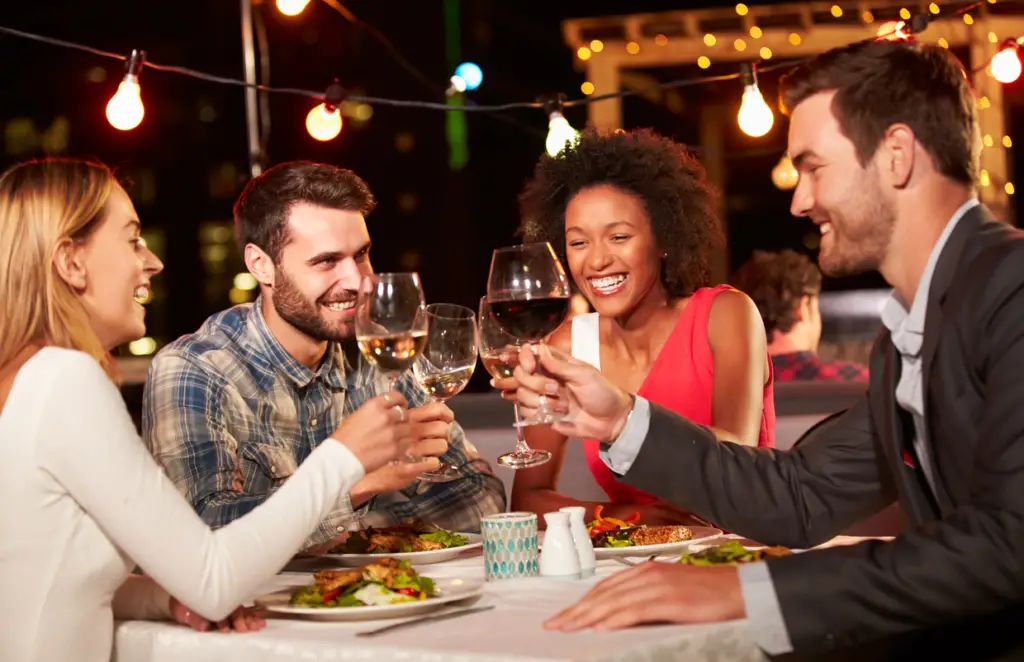
Double dates were a common way for boomers to socialize and get to know each other, especially for younger couples. It was seen as a safe and fun way to ease the pressure of a one-on-one date while allowing friends to act as a buffer.
While Gen Z might occasionally opt for group hangouts, the structured idea of a double date feels overly formal. They prefer casual meetups or virtual interactions to break the ice, and double dates are often seen as unnecessary when you can vet someone thoroughly online before meeting.
8. Courting with Formal Letters

Boomers often expressed their feelings through handwritten letters, pouring their hearts onto paper in ways that might feel overly dramatic to modern daters. These notes could be sweet and thoughtful but were also time-consuming and offered no immediate feedback.
Gen Z, raised on instant messaging and emojis, would likely find the idea of waiting days—or even weeks—for a romantic reply to be excruciating. While handwritten letters are still appreciated for their sentimentality, they’re seen as a nostalgic gesture rather than a practical form of communication.
9. “Going Dutch” Was Uncommon

In boomer dating, it was rare for couples to split the bill on a date. The expectation was that the man would pay for everything, from dinner to movie tickets, as a demonstration of his interest and ability to provide.
For Gen Z, splitting the bill—or “going Dutch”—is far more common and often expected. Modern daters value equality and financial independence, making the old-fashioned expectation for one person to always pay seem outdated and unfair.
10. Pressure to Marry Early
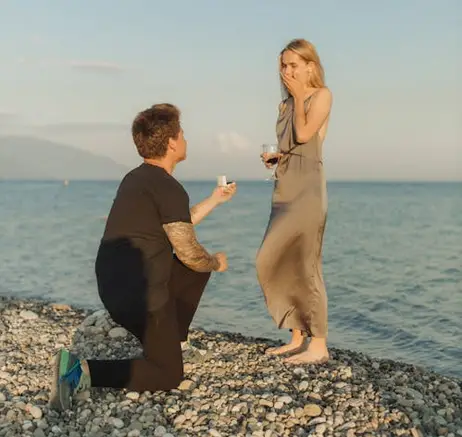
In the boomer era, dating was often seen as a direct path to marriage, with many couples marrying in their early twenties or even late teens. There was immense societal pressure to settle down quickly, and being single past a certain age was often viewed as unusual.
Gen Z takes a more relaxed approach to relationships, often prioritizing personal growth and career goals before considering marriage. The idea of rushing into lifelong commitments at a young age feels unnecessary and even reckless to a generation that values time and self-discovery.
11. Using Physical Phone Books to Find Contacts

If you met someone at a party and didn’t exchange contact information, you might have to track them down through a phone book. This could mean sifting through dozens of listings and nervously calling to see if you found the right person.
For Gen Z, who rely on smartphones and social media to instantly connect with people, this process would feel hilariously outdated and invasive. The idea of cold-calling someone without prior interaction would likely raise more red flags than romantic interest today.
12. Going to Drive-Ins for Every Date
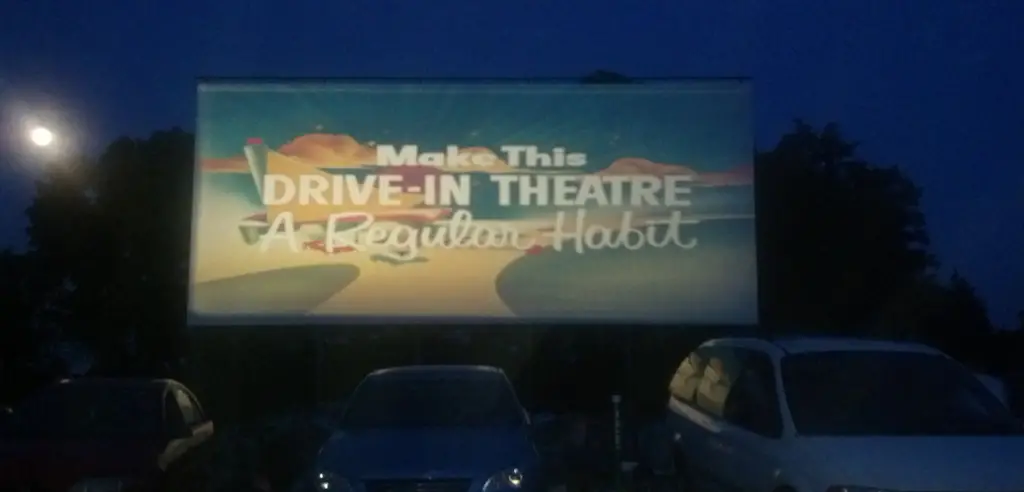
Drive-in theaters were a quintessential boomer date spot, offering a mix of romance and entertainment. Couples could watch movies in the privacy of their car, often with snacks and cozy blankets to enhance the experience.
While some drive-ins still exist, they’ve largely been replaced by streaming services and more modern forms of entertainment. For Gen Z, the idea of sitting in a car for hours might feel claustrophobic or impractical compared to the convenience of a Netflix night at home.
13. Love Notes in Lockers
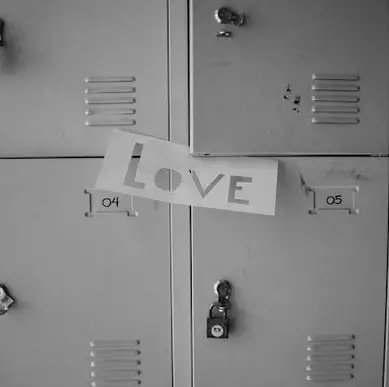
Passing handwritten notes or slipping love letters into someone’s locker was a common way to flirt in the boomer era. It was a sweet, low-pressure way to express interest without the fear of immediate rejection.
For Gen Z, raised on instant gratification, waiting for a handwritten response would feel agonizing. Text messages, DMs, and Snapchats have replaced paper notes, making the locker love letter a quaint but impractical relic of the past.
14. Family-Involved First Dates
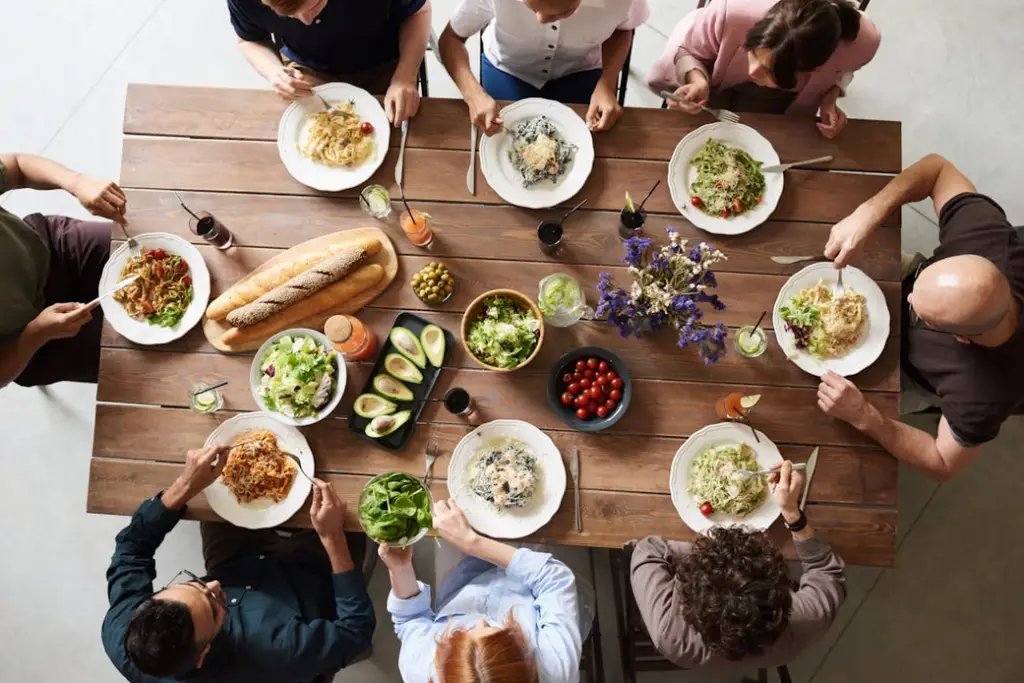
Boomer first dates often involved meeting at someone’s home, with parents or siblings nearby to “chaperone” or at least get a sense of who their child was dating. This was seen as a natural part of courtship, ensuring family approval.
For Gen Z, this level of family involvement on a first date would feel invasive. Modern daters prefer to keep things casual and private, introducing significant others to family only after the relationship becomes serious.
15. Waiting Days to Call After a Date
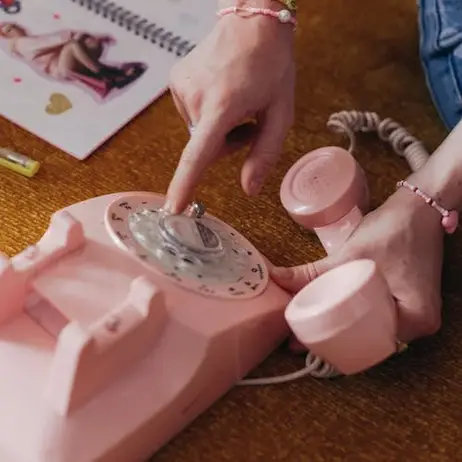
Boomers followed an unwritten rule of waiting a few days after a date to call, believing it created mystery and anticipation. Calling too soon was seen as desperate, while waiting too long risked losing interest.
For Gen Z, who are used to instant communication, this “playing it cool” strategy seems unnecessary and even frustrating. A quick text or follow-up message is now the norm, with delays often interpreted as disinterest rather than a tactic to build intrigue.
These boomer dating habits highlight just how much the landscape of romance has changed over the decades. While some of these traditions hold nostalgic charm, others feel completely out of step with today’s fast-paced, equality-focused world of dating. Which of these habits do you think should stay in the past, and which ones might still have a place in modern romance?


